Home>Ideas and Tips>Creating A Home Recycling Center: Organization Tips
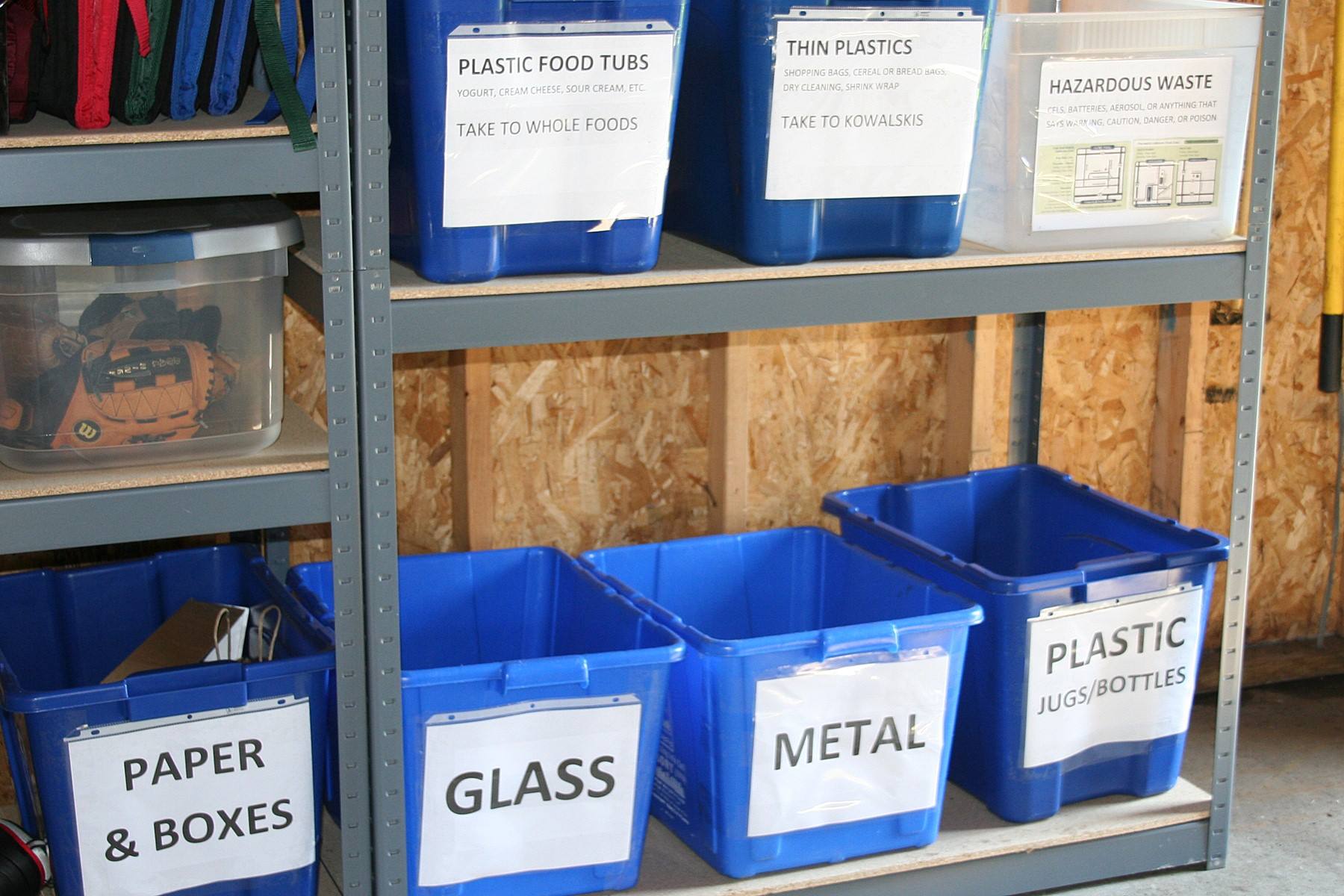

Ideas and Tips
Creating A Home Recycling Center: Organization Tips
Published: September 26, 2024
Learn how to set up an efficient home recycling center with our organization tips. Make recycling a seamless part of your daily routine.
(Many of the links in this article redirect to a specific reviewed product. Your purchase of these products through affiliate links helps to generate commission for Storables.com, at no extra cost. Learn more)
Creating a home recycling center can seem like a daunting task, but it doesn't have to be. With a bit of planning and organization, you can set up a system that makes recycling easy and efficient for your whole family. The key is to understand your local recycling regulations, choose the right location for your recycling center, and set up a system that works for your household.
Step 1: Learn Your Local Regulations and Rules
Before you start setting up your home recycling center, it's crucial to understand what can be recycled in your area and how to present those items for recycling. Each municipality has its own set of rules regarding what materials are accepted for recycling and how they should be prepared. For instance, some regions may require that certain items be rinsed or sorted into specific categories before they can be collected.
To begin, you should:
- Check Local Guidelines: Visit your local government's website or contact your waste management department to obtain information about what types of items are accepted for recycling and any specific preparation requirements.
- Obtain a Copy of Local Recycling Rules: Many municipalities provide a simple one or two-page form outlining the rules and regulations for recycling. Make sure to get a copy and post it somewhere near your home recycling center so you can easily reference it when needed.
Understanding these rules is essential because it will help you decide which types of trash and recycling bins to use and where to store them in your home. For example, if your local regulations require separate containers for different types of recyclables, you will need to choose bins that are large enough to hold each category without taking up too much space.
Step 2: Consider Where to Store Recyclable Items
Once you have a clear understanding of what can be recycled in your area, it's time to think about where you should store these items within your home. The location of your recycling center will significantly impact how easily you can recycle and how much space it will take up.
Factors to Consider
- Accessibility: Choose a location that is easily accessible for all family members. This could be in the kitchen, laundry room, or near the entryway.
- Space: Consider how much recycling will accumulate between collection intervals. If your region picks up recycling weekly from the curb, smaller containers might suffice. However, if you need to take recyclables to a redemption center yourself, larger containers or a short-term and long-term storage solution may be necessary.
- Aesthetics: While functionality is key, having an attractive setup can encourage more participation from family members. Use stacking containers or bins with lids to keep things organized and visually appealing.
Main Categories of Recyclable Items
Depending on your local rules, you may need separate containers for each of the following categories:
- Paper Products: Newspaper, cardboard, paperboard, magazines
- Plastics: Bottles, jugs, containers labeled #1 through #7
- Glass: Bottles and jars
- Metals: Aluminum cans and steel cans
- Organic Materials: Food waste and yard trimmings
If you do need to separate these items into different containers, consider using bins that are specifically designed for each category. For example, using a large bin for recyclables like paper products and a smaller bin for plastics can help make the process more manageable.
Step 3: Set Up Your Home Recycling Station
Now that you have a clear understanding of what can be recycled and where to store it, it's time to set up your home recycling station.
Tips for Setting Up Your Station
- Use Attractive Bins: Choose bins that are visually appealing but also functional. If you don't like the look of an open-top recycling bin, consider using a regular trash container with a lid instead.
- Label Your Containers: Use labels or stickers to clearly indicate what each bin is for. This will help prevent confusion among family members and ensure that items are placed in the correct bin.
- Keep a Reference Sheet: Place a reference sheet on the fridge or near the recycling center listing what can and cannot be recycled in your area. This will help alleviate any worries about doing it wrong.
- Designate Special Recycling Items: Set aside a specific area for special items like plastic bags, batteries, fabric, and electronics. These items should not be sent to landfills but rather recycled through specialized programs.
Example Setup
Here’s an example setup for a home recycling station:
- Large Bin for Recyclables: Use this bin for paper products like newspapers and cardboard boxes.
- Small Bin for Plastics: This bin can hold plastic bottles and containers labeled #1 through #7.
- Glass Bin: Designate this bin specifically for glass bottles and jars.
- Metal Bin: Use this bin for aluminum cans and steel cans.
- Organic Materials Bin: If you have an organic recycling program in your area, use this bin for food waste and yard trimmings.
- Special Recycling Area: Keep plastic bags hanging in a cupboard or designated area until they are full; then tie them up and take them to the grocery store for recycling.
Step 4: Educate Your Family
Creating a home recycling center is not just about setting up bins; it also involves educating your family about the importance of recycling and how to participate effectively.
Tips for Educating Your Family
- Explain Why Recycling Matters: Share information about how recycling helps conserve natural resources, reduces landfill waste, and supports environmental sustainability.
- Show Them the Process: Explain how materials move through a recycling facility and are transformed into new products. This can be done by showing videos or taking them on a tour of a local recycling facility if possible.
- Keep It Simple: Avoid overwhelming your family with too much information at once. Focus on basic rules like “Don’t bag recyclables” or “Empty, rinse, and dry” items before recycling them.
Community Involvement
Encourage your family to become champions of your recycling program by involving them in educational activities such as:
- Recycling Workshops: Attend local workshops or online sessions that teach residents about different types of recyclables and how they should be prepared.
- Community Events: Participate in community events where recycling programs are showcased, such as Earth Day celebrations or neighborhood clean-up initiatives.
- Social Media Campaigns: Share posts on social media platforms highlighting the importance of recycling and encouraging others to do so as well.
Step 5: Maintain Your Home Recycling Center
Creating a home recycling center is just the first step; maintaining it is equally important for ensuring that recycling becomes a sustainable habit.
Tips for Maintenance
- Schedule Recycling Events: Add recycling events to your calendar so that your home station doesn’t overflow with accumulated materials.
- Review Your System: Periodically review your recycling system to ensure it remains efficient and effective. Make adjustments as needed based on changes in local regulations or household needs.
- Keep It Clean: Regularly clean out your bins to prevent contamination and ensure that only clean materials are placed inside them.
Overcoming Challenges
Despite your best efforts, there may be times when challenges arise in maintaining your home recycling center. Here are some tips for overcoming common issues:
- Contamination Issues: If you notice contamination issues where non-recyclable items are being placed into recyclable bins, address this immediately by educating family members about proper preparation techniques.
- Space Constraints: If space becomes an issue due to increased accumulation between collection intervals, consider using vertical storage solutions like stackable bins or investing in larger containers specifically designed for long-term storage needs.
- Financial Constraints: If financial constraints limit your ability to purchase specialized recycling bins or services, explore local resources such as community centers offering free or low-cost educational materials on recycling practices.
Creating a home recycling center requires careful planning and organization but offers numerous benefits for both individuals and the environment alike. By understanding local regulations regarding recyclables, choosing an accessible location for storage within the home, setting up an attractive yet functional station using labeled bins tailored towards specific categories of materials being collected there too Educating family members about why recycling matters along with maintaining regular upkeep schedules will help turn something initially perceived as cumbersome into something manageable over time leading towards greater participation rates overall!
Remember every small step counts towards making significant impacts collectively towards achieving sustainable futures ahead
Was this page helpful?
At Storables.com, we guarantee accurate and reliable information. Our content, validated by Expert Board Contributors, is crafted following stringent Editorial Policies. We're committed to providing you with well-researched, expert-backed insights for all your informational needs.
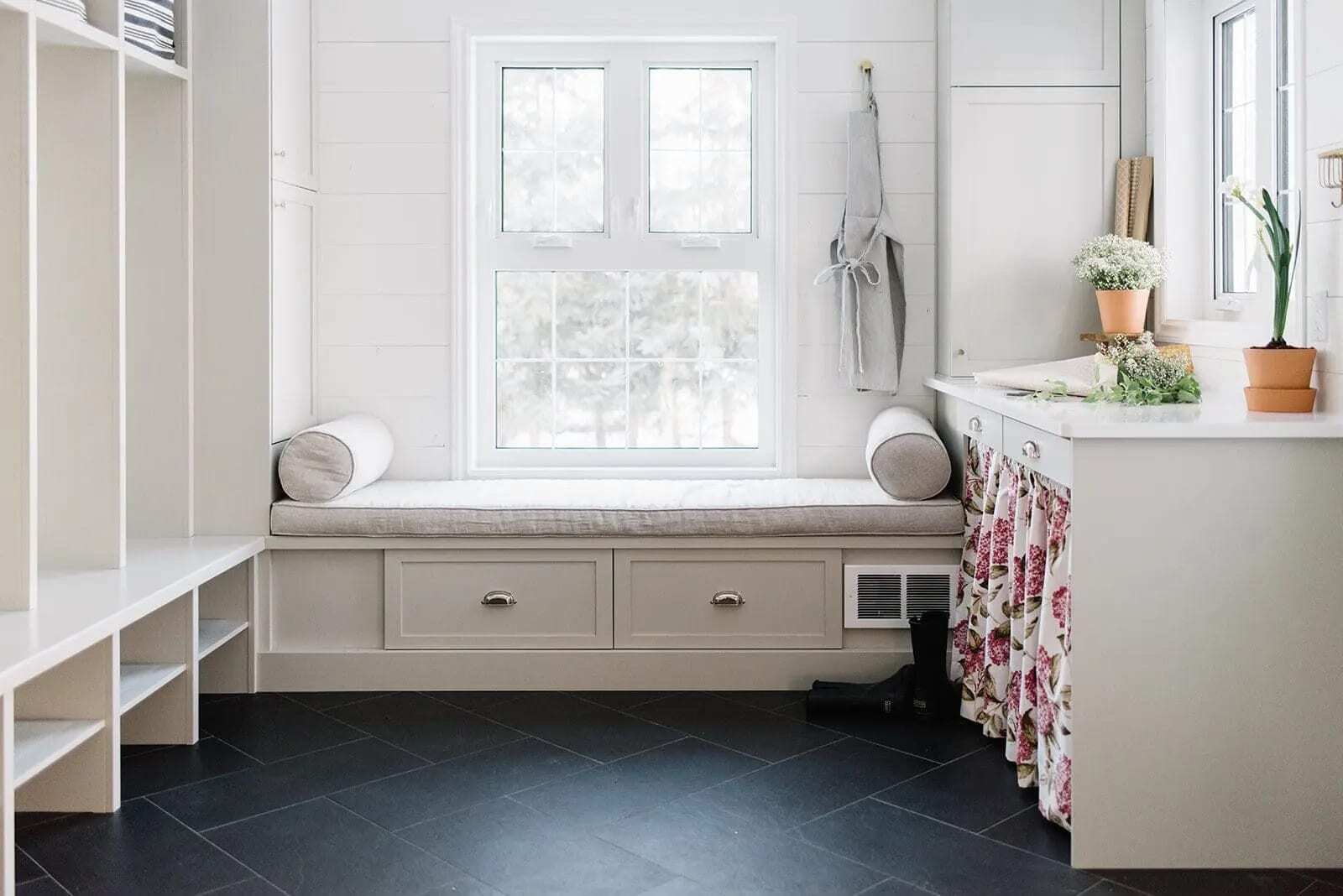
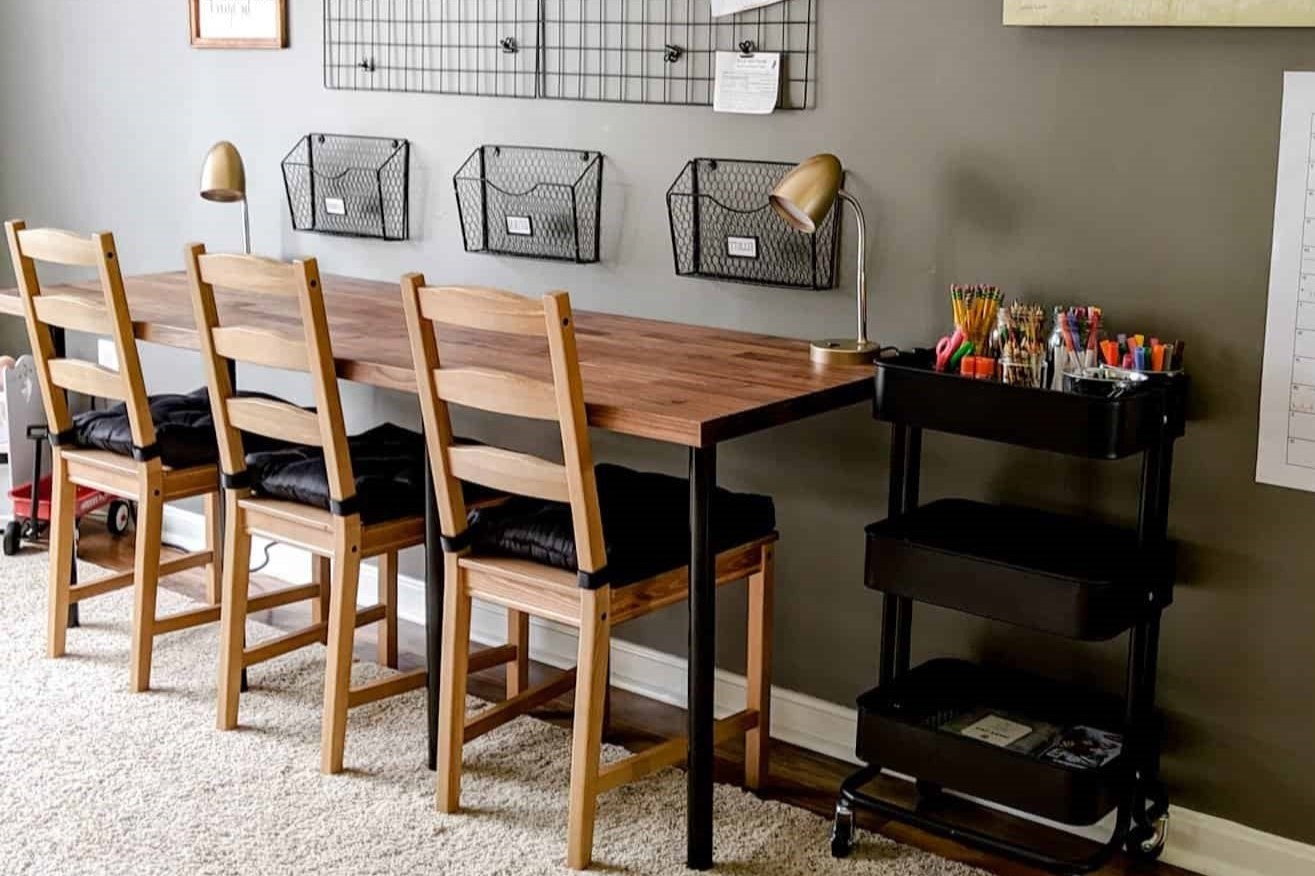
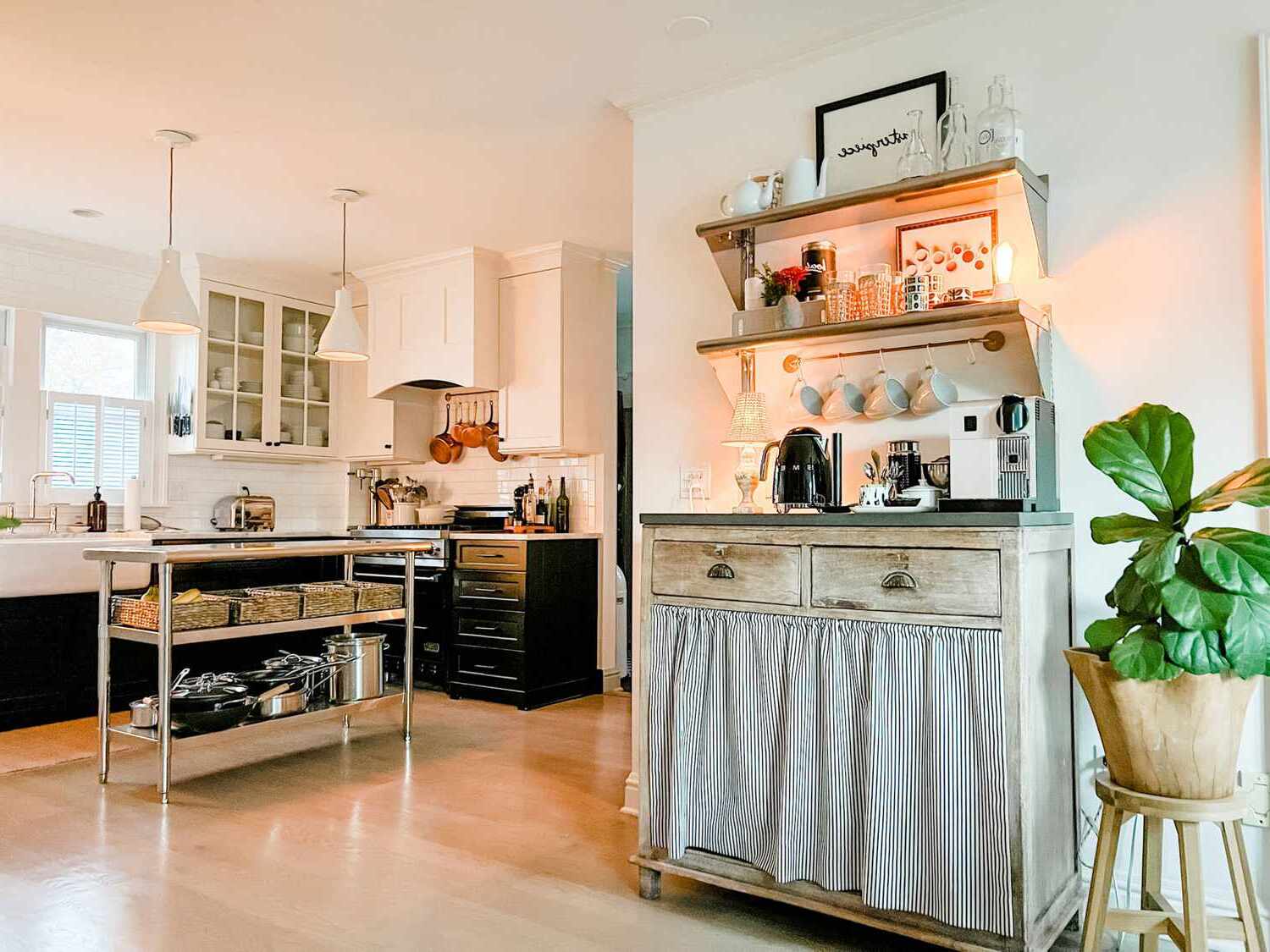
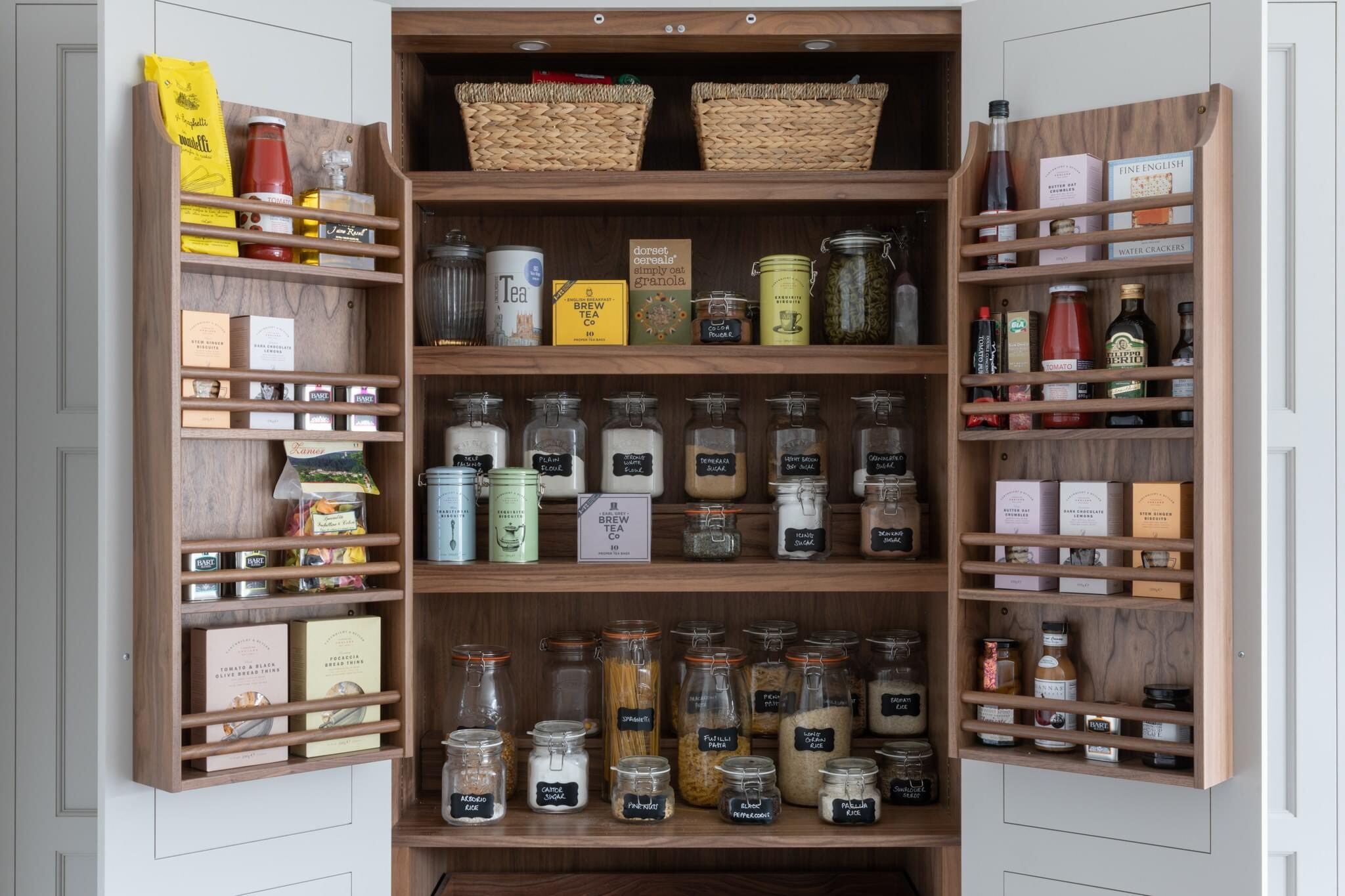

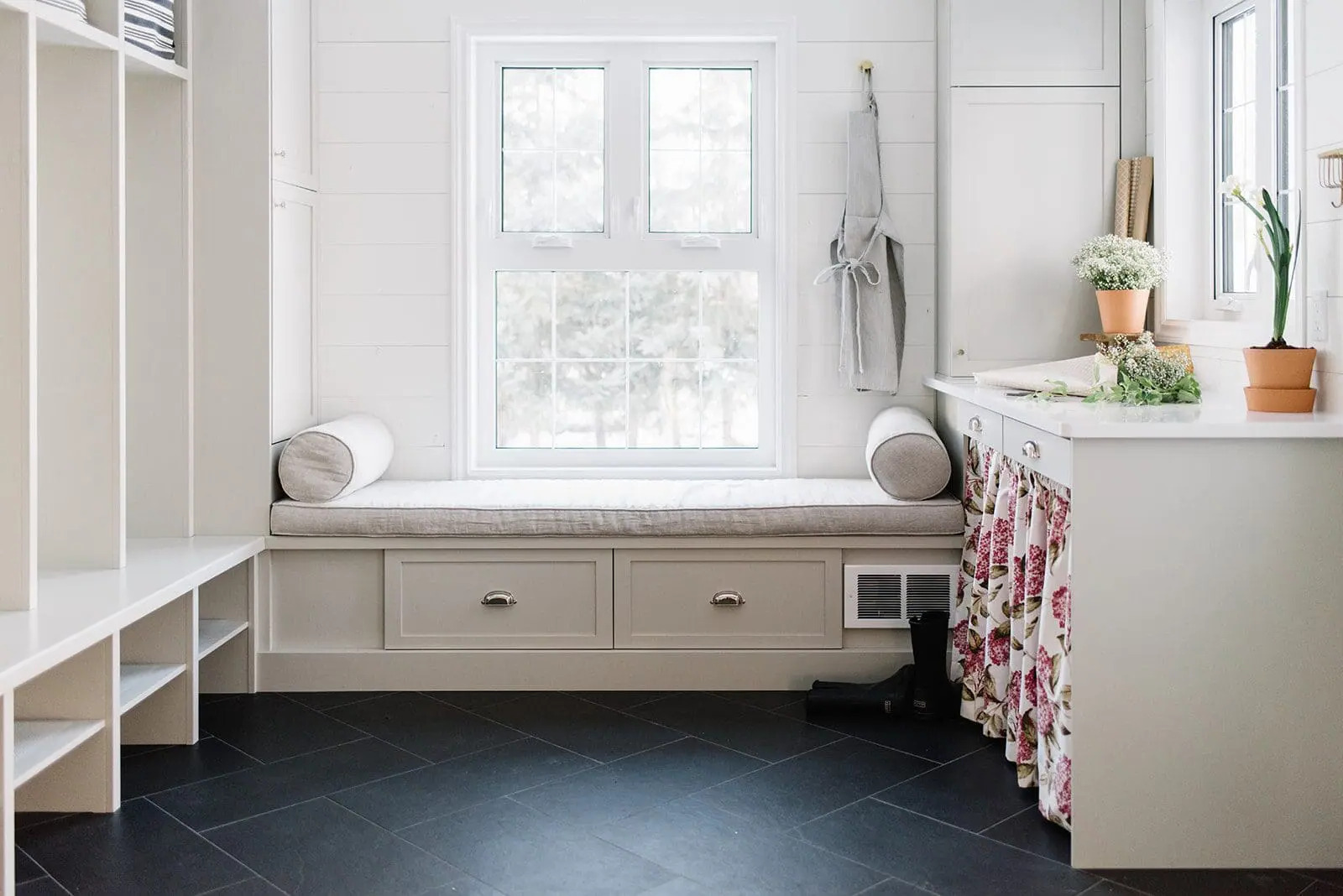

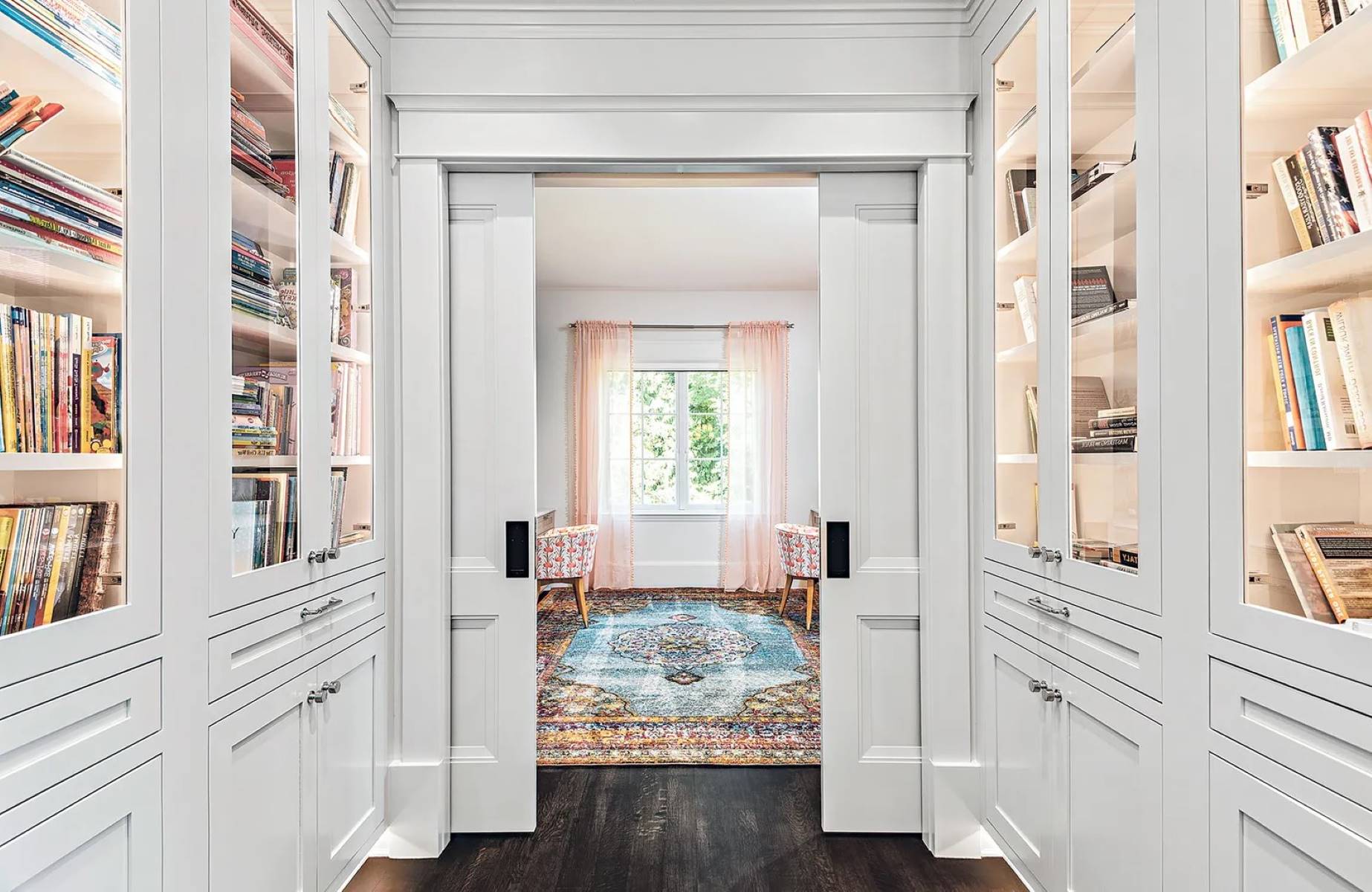


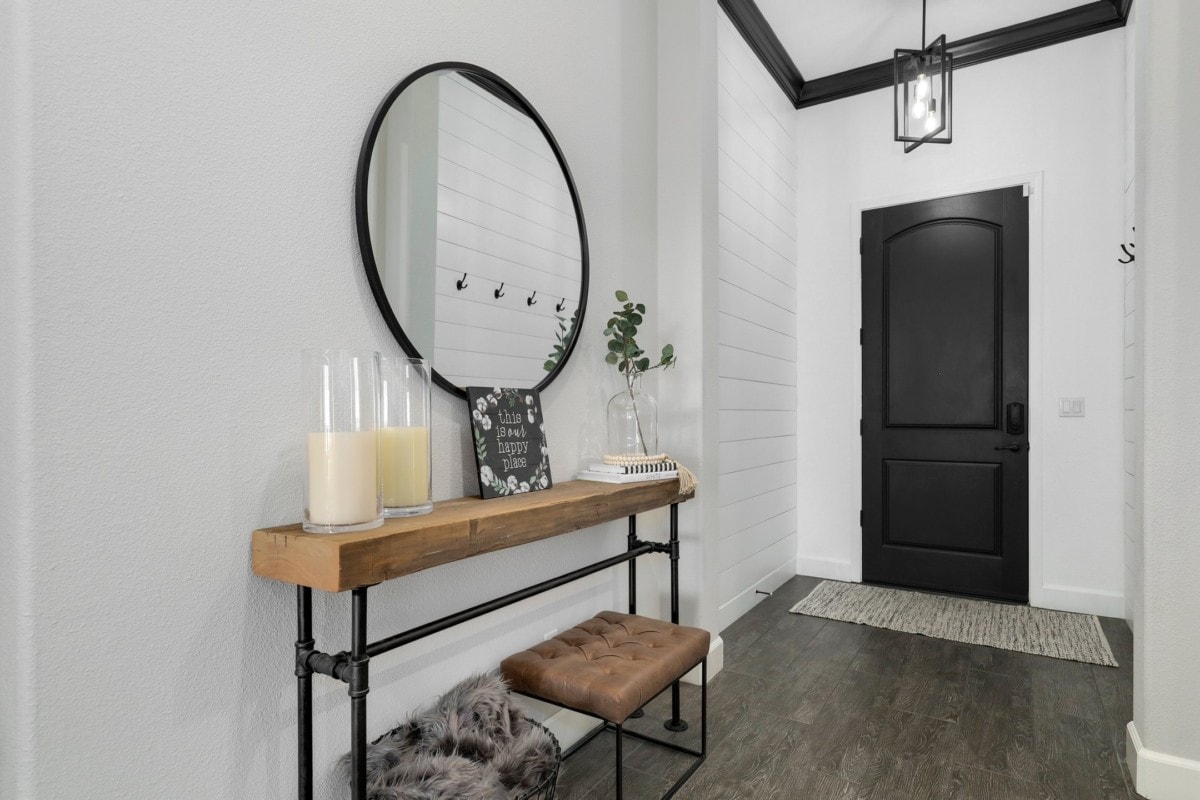
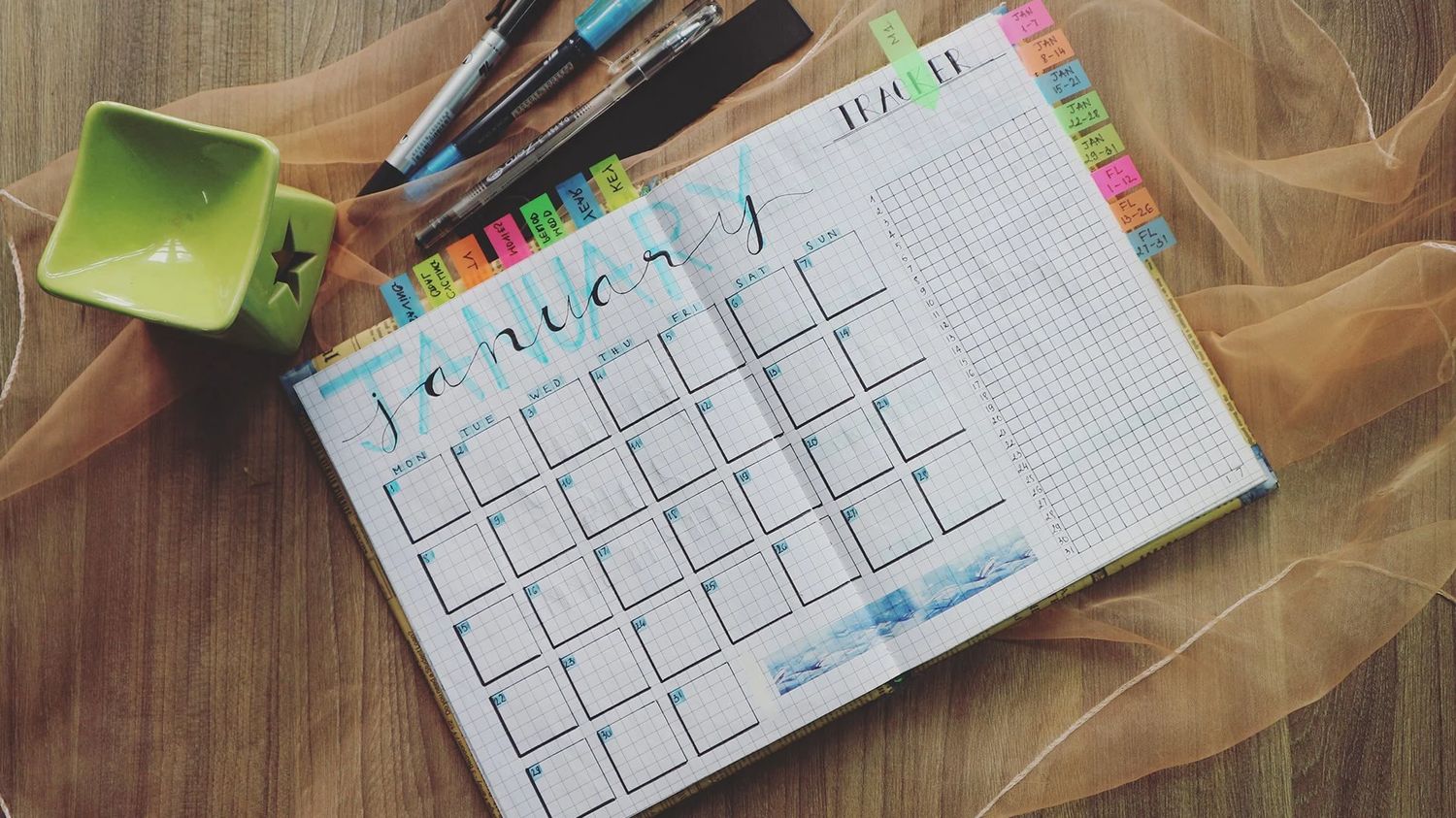
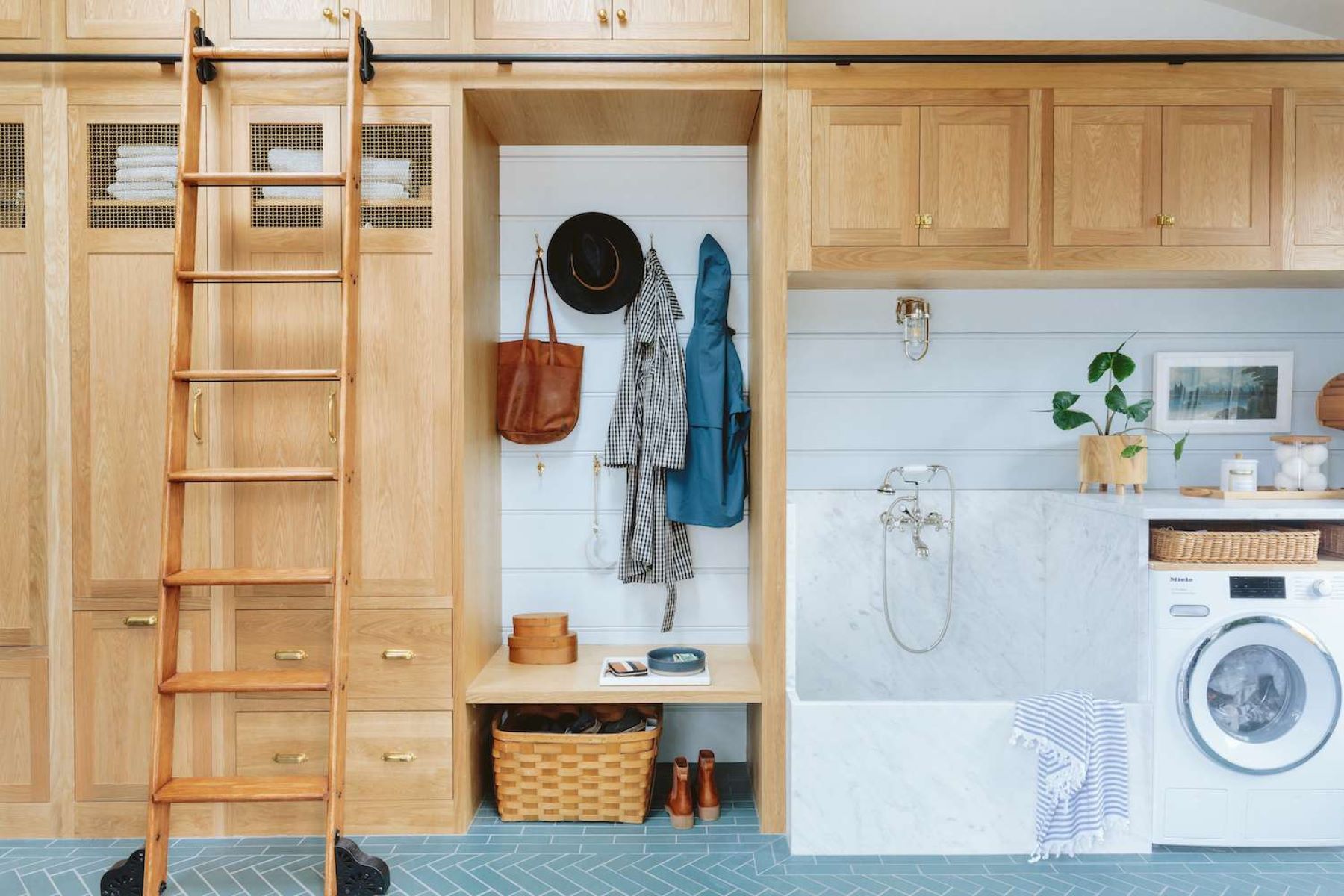

0 thoughts on “Creating A Home Recycling Center: Organization Tips”